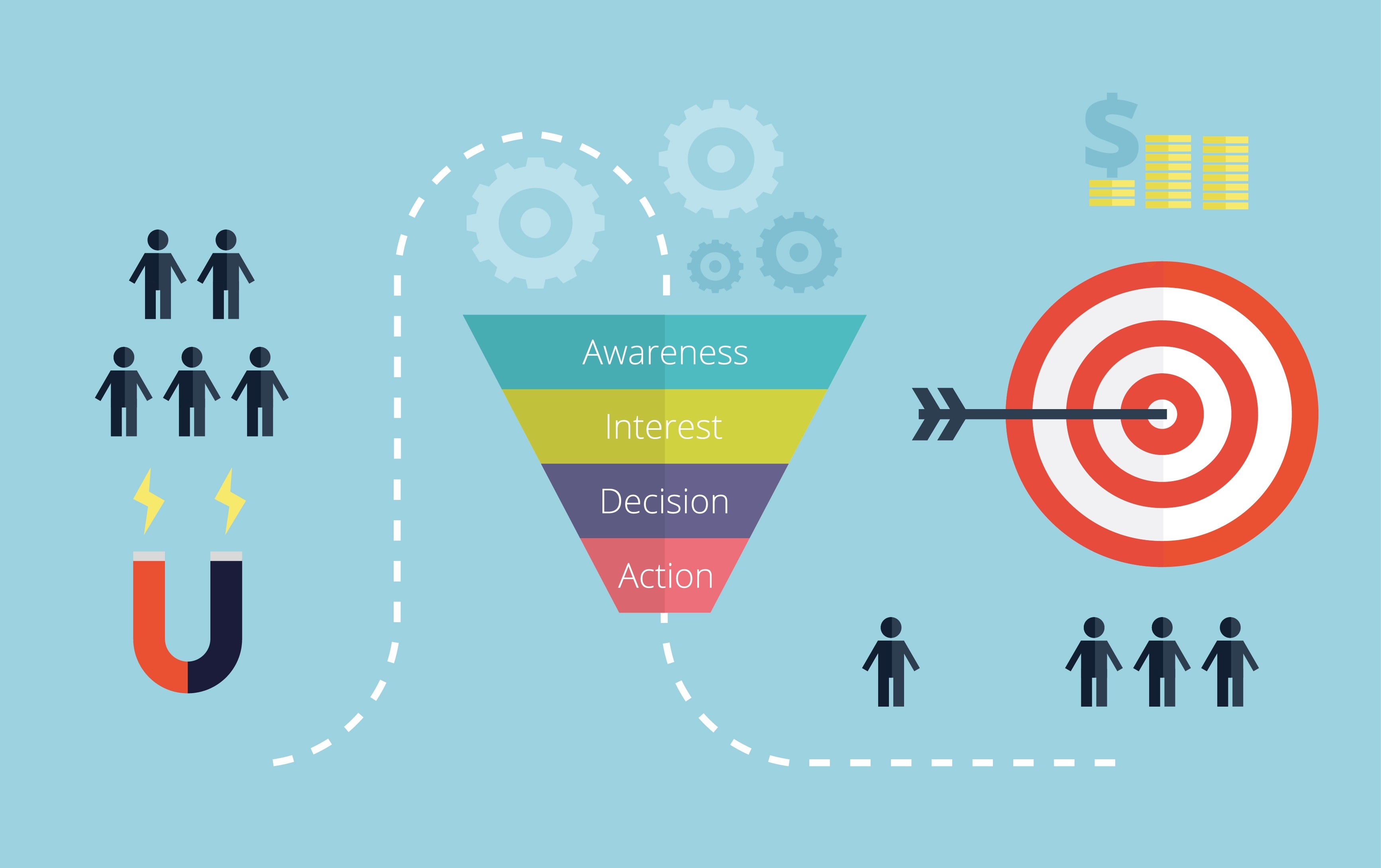Tunnels and Funnels: Why We Make Bad Decisions & How We Can Make Better Ones
When we want something badly enough, we tend to focus on it to the exclusion of other things, social scientist, Shankar Vedantam of NPR’s Hidden Brain recently shared in a fascinating podcast on the idea of scarcity.
Another term he uses to describe this is one we all understand - “tunnel vision.”

So, what’s an example for communicators?
Think about a time when you were in a sales pitch or meeting and you or a colleague were so focused on selling your business you could see the person on the other side of the table disengage and shut down. At that moment, no matter how strong your story or value proposition, you probably lost the chance to build a relationship. We’ve all been there.
The prospect of making money, always a scarce resource, has this effect. The smaller the firm, and the more important the next sale, the worse this can be. When you or colleagues are in this tunnel, it is important to stop and take a step back.
This is easier said than done. And here’s why. The narrowing of focus in these situations is human nature. It’s scarcity behavior kicking in. In chasing what we need, we tend to ignore everything else and fail to see that what we are doing may be counterproductive.
It is important to recognize that this kind of focus isn’t all bad. In fact, it is often necessary to getting things done. If you were hunting a buffalo and looked up to admire the birds or color of the sky, chances are you won’t get to eat.
The key is to understand the behavior and implement strategies that will lead to the greatest success.
And, here’s another critical point, it’s not only money that leads to this tunnel vision. If we fall in love our products, website or someone else, our ability to see what others see is easily lost.
This is where thinking about funnels is important.
Let me draw upon an example to illustrate funnel thinking.
Now, we’ve all heard of sales funnels – in essence, the process of turning interest in our products into purchases. Another way to think about a sales funnel is as a tool to collect a large amount of information and focus it into desired actions.

What’s important in this context is that the top of the funnel is wide and open, compared to the narrow focus of a tunnel.
Let’s go back to the sales pitch scenario. If you think about ways to successfully engage a potential client, discussing broad industry or general issues is always a good starting point. And, then only when the time is right and the prospect is ready to hear more about what you do, is it time to share your pitch. This process could take minutes or a number of conversations.
It’s instructive to look at sales funnels in a second common context – as applied to websites. Ideally, they drive large numbers of visitors toward the outcomes you are seeking – search, downloads, purchases or other forms of desired engagement.
In the funnels we build, we assume that website visitors will go down the path we want them to take. But once more, our own tunnel vision may again come into play. Just because we want people to do something doesn’t mean they will do it. How many times have you been pushed into a website sales funnel and exited half way through out of annoyance?
In this example, we are reminded both of the value of the funnel process - the ability to process and focus a lot of information – and the importance of getting users’ views directly or through testing and analytics to ensure our tunnel vision isn’t taking us down the wrong path. In our blinkered drive to do what we think is important, it is easy to miss what may be obvious to others.
As Vedantam notes in his Podcast, at these moments we need to look up. We need to recognize we are in a tunnel and widen our frame of reference.

Think of this process as moving from a tunnel into a funnel. One way to broaden our view is to seek out and take on board others’ input when focused on a project or on your own personal development path.
We end up going down tunnels because focus is necessary. But it can become a constraint, and lead us down the wrong path. Knowing when we are in a tunnel is important, because every now and again we need to take time out and shift into funnel mode to gain perspective before re-focusing on the task at hand.
Simon Erskine Locke, Founder & CEO of CommunicationsMatchTM
CommunicationsMatch is a search tool that helps companies find communications agencies and consultants by industry and communications expertise, location and size. The site has 5,000 agencies and consultant profiles in areas including: crisis communications, public relations, internal communications, government affairs, investor relations, content marketing, social media, SEO, website development, photography and video. Listing & Search are Free. See more articles on our Insights Blog. Prior to founding CommunicationsMatch, Locke held senior corporate communications roles at Prudential Financial, Morgan Stanley and Deutsche Bank and founded communications consultancies.
